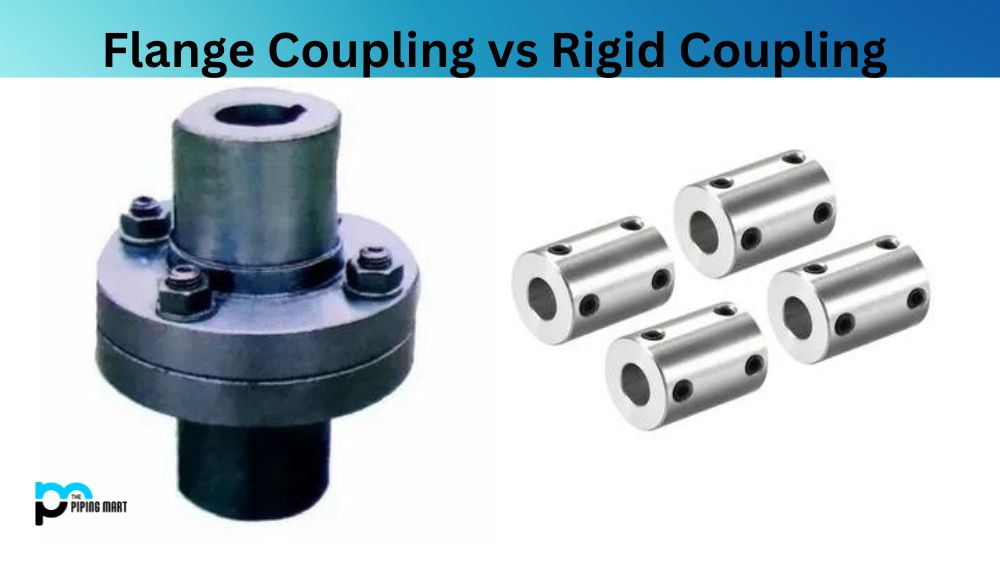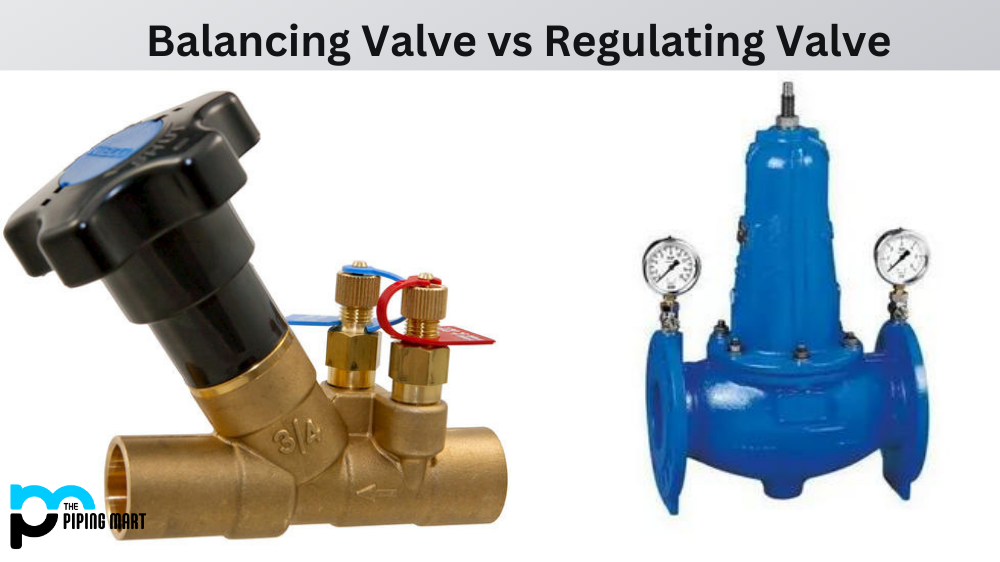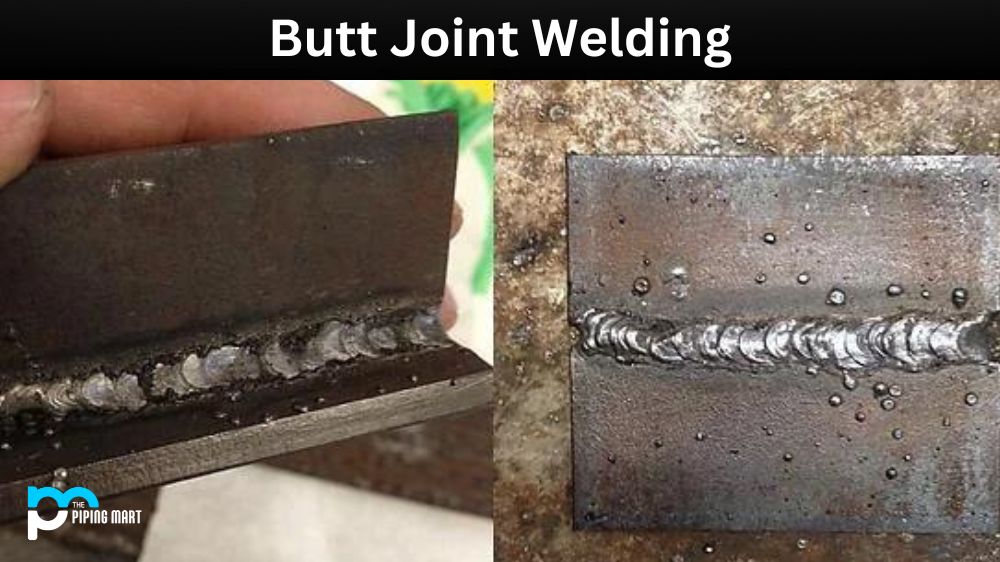Regarding coupling, two terms come to mind – flange and rigid coupling. Both terms can be used interchangeably but are not always the same. In this blog post, we will delve into the differences between flange coupling vs. rigid coupling. This post will serve as a guide for people who need to understand the difference between the two.
What is Flange Coupling?
Flange coupling connects two components, usually rotating or moving parts, such as in an engine. This connection involves flanges – two circular plates, one from each component to be connected, with holes drilled perpendicular to the circular plate faces for bolting them together. The bolts then clamp the components securely against each other and enable a stable motion transmission from one part to another. Overall, flange couplings are used in applications such as engines and motors when high torque and power transmission are needed.
What is Rigid Coupling?
Rigid Coupling is a mechanical Coupling that joins two independent shafts or rods. It provides high accuracy, strength, and increased torsional stiffness. It has minimal backlash, which makes it suitable for precision applications like machine tool spindles. The most commonly used rigid couplings are sleeve, disc-type, flange, serrated clamping element and double split clamps. They provide either zero or very low angular misalignment and can also be adjusted to compensate for any small misalignment between the coupled elements. Due to their robust design characteristics, these couplings require no lubrication and are highly durable in harsh industrial environments.
Difference between Flange Coupling and Rigid Coupling
Flexibility
The primary difference between flange coupling and rigid coupling is their flexibility. Rigid coupling tends to be less flexible, while flange coupling allows for more flexibility. Rigid coupling can withstand high torque loads but cannot allow for misalignment between shafts. On the other hand, flange coupling allows for some degree of shaft misalignment.
Size and Installation
Another difference between flange coupling and rigid coupling is their size and installation. Flange couplings are usually larger than rigid couplings and are installed using bolts. Rigid couplings, on the other hand, come in various sizes and can be installed in various ways, including welding, screws, and shaft clamping.
Application
Flange coupling and rigid coupling have different applications. In cases where there is a need for flexibility, flange coupling is more appropriate. It is commonly used when there are vibrations or a need to transmit high torque from one shaft to another. Conversely, rigid couplings are best suited for situations that do not require flexibility. It is ideal for transmitting torque between two shafts in perfect alignment.
Cost
Regarding cost, rigid coupling is usually less expensive than flange coupling. The price difference is due to the difference in materials and design. Flange couplings are designed to provide more flexibility and are made of resilient materials that can withstand vibrations and misalignment. Conversely, rigid couplings are sturdier materials that can withstand high torque loads. The design is also less complicated than that of flange coupling.
Maintenance
Finally, when it comes to maintenance, flange coupling requires more maintenance than rigid coupling. Flange coupling has more parts that must be checked and maintained. In contrast, rigid coupling has fewer parts, which makes it easier to maintain.
Conclusion:
In conclusion, flange and rigid coupling have advantages and disadvantages. Flange coupling is more flexible, larger, and expensive than rigid coupling. It is also used when there is a need for vibration damping and shaft misalignment. Rigid coupling, conversely, is less flexible, less expensive, and best suited for transmitting torque between two shafts that are in perfect alignment. In choosing which coupling to use, it is essential to consider the components’ application and cost.

Abhishek is a seasoned blogger and industry expert, sharing his insights and knowledge on various topics. With his research, Abhishek offers valuable insights and tips for professionals and enthusiasts. Follow him for expert advice on the latest trends and developments in the metal industry.




